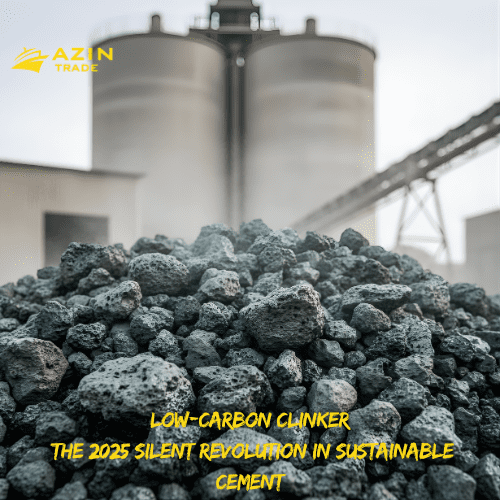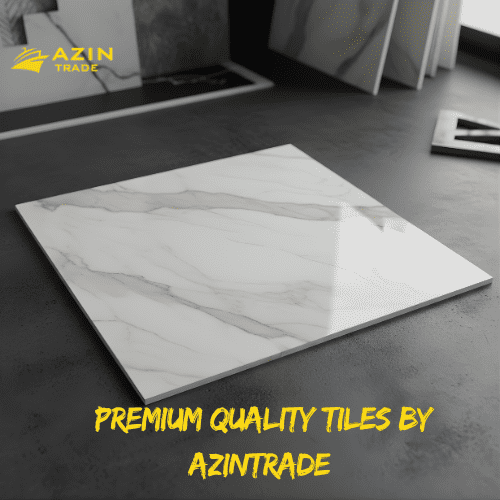Durability of Portland-Limestone Cement-Based Materials to Physical Salt Attack
Abstract
Portland-limestone cement (PLC) has gained significant attention due to its potential to reduce the carbon footprint of cement production while maintaining adequate performance characteristics. However, the durability of PLC-based materials, particularly their resistance to physical salt attack (PSA), is crucial for their long-term application in various environmental conditions. This comprehensive study explores the mechanisms of PSA, assesses the performance of PLC in comparison to ordinary Portland cement (OPC), and investigates strategies to enhance the resistance of PLC-based materials to salt-induced deterioration.
Introduction
Portland-limestone cement (PLC) is a type of blended cement that incorporates a proportion of limestone in the clinker. This inclusion aims to reduce the carbon dioxide emissions associated with cement production, aligning with global sustainability goals. While PLC offers environmental benefits, its durability under specific aggressive conditions, such as physical salt attack (PSA), remains a subject of extensive research. PSA occurs when salts crystallize within the pore structure of cement-based materials, leading to physical stress and subsequent deterioration.
Mechanisms of Physical Salt Attack
PSA involves several stages, starting with the ingress of saline solutions into the concrete matrix. The main mechanisms contributing to PSA include:
- Salt Crystallization Pressure: When saline water penetrates the concrete, salts dissolve and later crystallize as the water evaporates. The crystallization pressure exerted by salt crystals can cause micro-cracking and scaling on the surface.
- Thermal Cycling: Fluctuations in temperature can exacerbate PSA. During freeze-thaw cycles, the expansion of water and salt crystals within the pores increases stress on the concrete matrix.
- Hydration Products Interaction: Certain salts can react with hydration products of cement, forming expansive compounds that contribute to internal stresses and cracking.
Comparative Performance of PLC and OPC
The performance of PLC compared to OPC under PSA conditions is a critical area of investigation. Key factors influencing their relative durability include:
- Pore Structure and Permeability: PLC typically exhibits a finer pore structure due to the filler effect of limestone particles. This can reduce permeability and potentially limit salt ingress, but the presence of limestone also affects the microstructure and hydration kinetics.
- Chemical Interactions: The inclusion of limestone can alter the chemical composition of hydration products, affecting their susceptibility to salt attack. For instance, the formation of calcium carbonate in PLC can influence the solubility and stability of other compounds in the presence of salts.
- Mechanical Properties: The mechanical properties, such as compressive strength and elasticity, of PLC-based materials are generally comparable to those of OPC. However, the long-term durability under PSA conditions requires specific attention.
Experimental Studies and Findings
Numerous experimental studies have been conducted to evaluate the resistance of PLC-based materials to PSA. These studies typically involve accelerated testing protocols to simulate salt exposure and assess the resultant deterioration. Key findings from these studies include:
- Surface Scaling and Microcracking: PLC-based materials often exhibit less surface scaling compared to OPC due to their refined pore structure. However, microcracking patterns and the extent of internal damage can vary based on the limestone content and curing conditions.
- Salt Crystallization Patterns: The distribution and morphology of salt crystals within the pore structure differ between PLC and OPC. PLC tends to have more uniformly distributed smaller crystals, which may reduce localized stress concentrations.
- Long-Term Durability: Long-term exposure tests indicate that the durability of PLC can be enhanced through optimized mix designs and the use of supplementary cementitious materials (SCMs) such as fly ash and slag.
Strategies to Enhance Resistance to PSA
Enhancing the resistance of PLC-based materials to PSA involves a combination of material selection, mix design optimization, and protective measures. Effective strategies include:
- Optimized Mix Designs: Adjusting the proportion of limestone and incorporating SCMs can improve the microstructure and reduce permeability, thereby enhancing resistance to salt ingress.
- Surface Treatments: The application of surface sealers and coatings can provide an additional barrier to salt penetration, protecting the underlying concrete matrix.
- Curing Practices: Proper curing is essential to develop a dense and durable microstructure. Techniques such as prolonged moist curing and the use of curing compounds can significantly improve resistance to PSA.
- Supplementary Cementitious Materials (SCMs): Incorporating SCMs such as fly ash, slag, and silica fume can enhance the pozzolanic reactions, refine the pore structure, and improve the overall durability of PLC-based materials.
Case Studies and Field Applications
Field studies and real-world applications provide valuable insights into the performance of PLC under PSA conditions. Examples of successful implementations include:
- Coastal Infrastructure: PLC-based concrete has been used in the construction of coastal structures exposed to marine environments, demonstrating improved resistance to salt-induced damage and prolonged service life.
- Transportation Projects: Highways and bridges in regions with deicing salt exposure have benefited from PLC’s enhanced durability, reducing maintenance costs and extending service life.
- Industrial Facilities: Facilities exposed to industrial salts and aggressive chemicals have shown promising results with PLC, owing to its refined pore structure and chemical stability.
Conclusion
In conclusion, the durability of Portland-limestone cement-based materials to physical salt attack is a multifaceted issue that requires a thorough understanding of the underlying mechanisms and influencing factors. While PLC offers significant environmental benefits, ensuring its long-term performance under aggressive salt exposure conditions necessitates careful consideration of mix design, material selection, and protective measures. Continued research and field studies are essential to optimize the use of PLC in various applications, ultimately contributing to sustainable and resilient construction practices.




